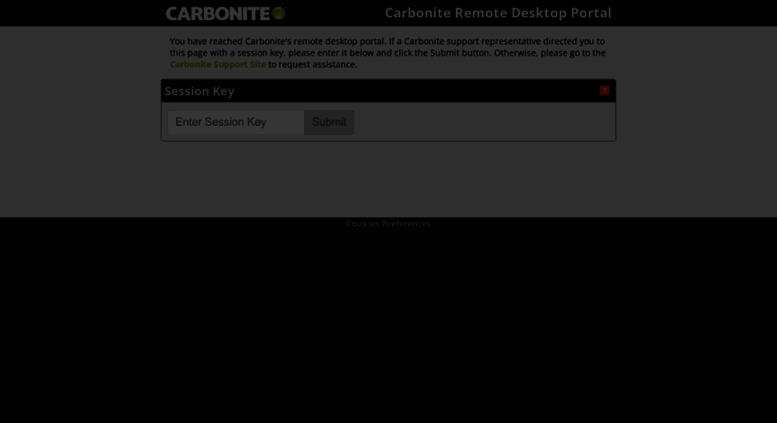
Windows destroyed by carbonite exclude carbonite support full#
After the database has been added to the availability group, perform a Full backup in CSSB to create a new baseline backup.The database is restored to each Secondary and attached to the availability group.This will start a data sync by performing Full and Log backups for each of the selected databases. On the server hosting Primary replica, create a new DAG.Re-establish the Database Availability Group (DAG) by recreating it from scratch.Delete the orphan database(s) from the servers hosting the Secondary replica.Therefore, the DAG must be recreated from scratch after restoring databases on the server hosting the Primary replica. Dots: We place colored status dots on your files in order for you to quickly see what's backed up. Carbonite Backup Drive (CBUD): this is your interface into what's in your backup and how you can restore files or remove files from your backup. The SQL engine can not roll back changes in the Secondary replica databases to match the restored databases in the Primary replica after a restore event. InfoCenter: This is the Carbonite user interface on the Windows version of the product.


Using Carbonite Safe Server Backup (CSSB), run a SQL database restore to the original location. Summary: This article includes information about restoring the Windows File System with Carbonite Safe Server Backup.Remove the database from the availability group.Databases in the Secondary replica cannot be backed up.Īfter a successful restore of databases in the Primary replica, the Database Availability Group (DAG) configuration must be destroyed and reconfigured. Only databases in the Primary replica can be backed up.

Carbonite Safe Server Backup (CSSB) provides limited backup support for Microsoft SQL Server 2012 AlwaysON Availability Group.


 0 kommentar(er)
0 kommentar(er)
